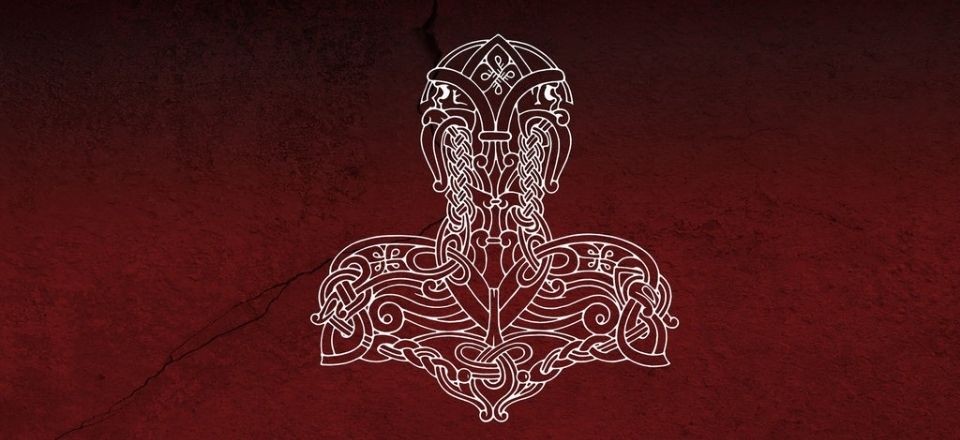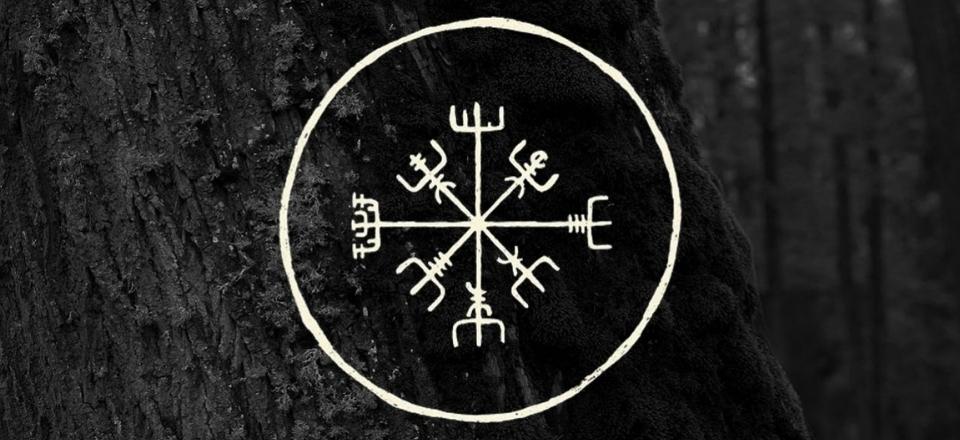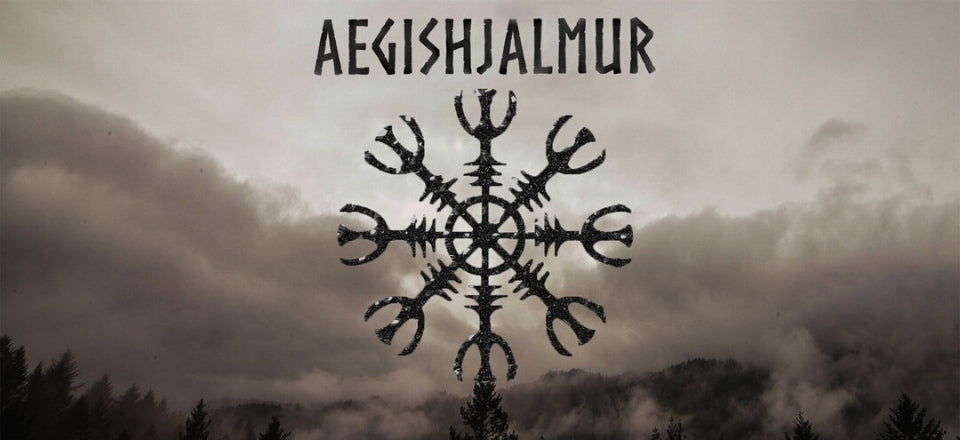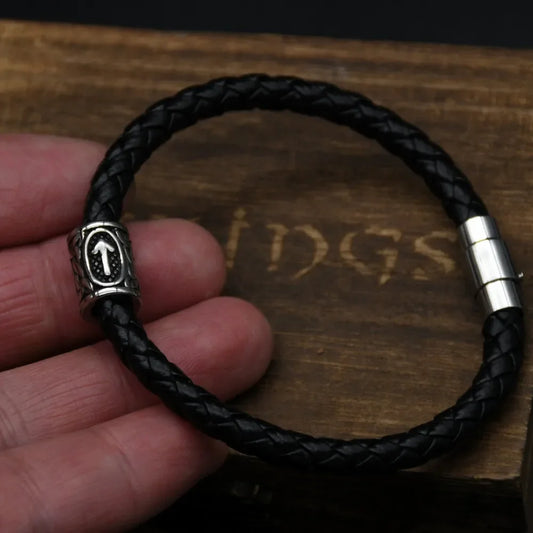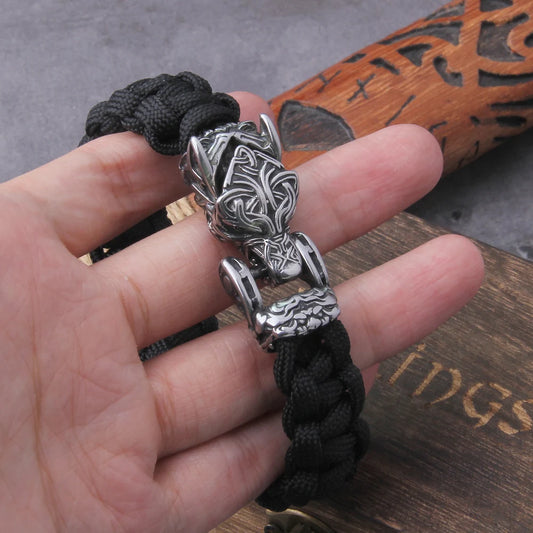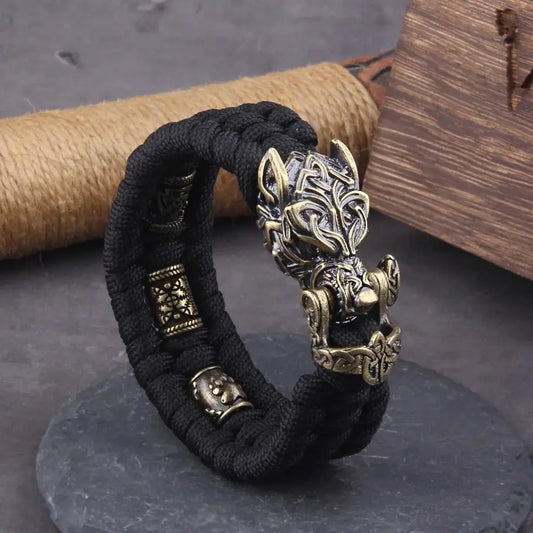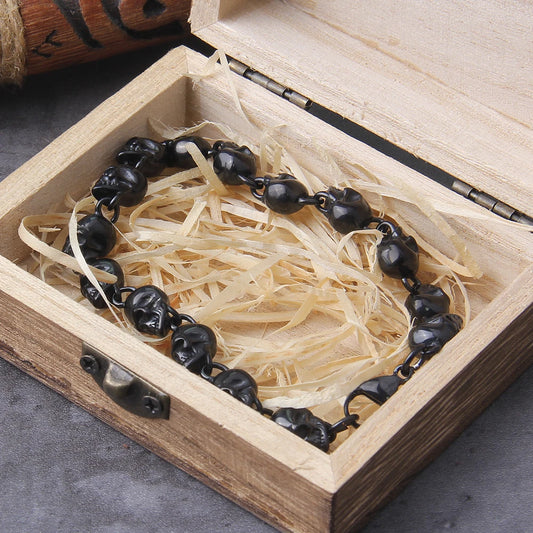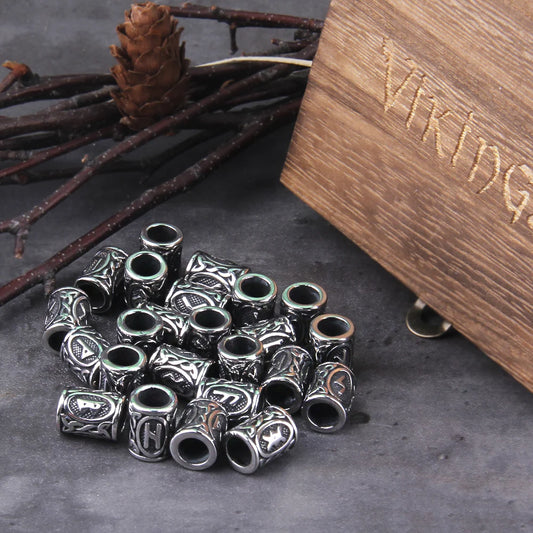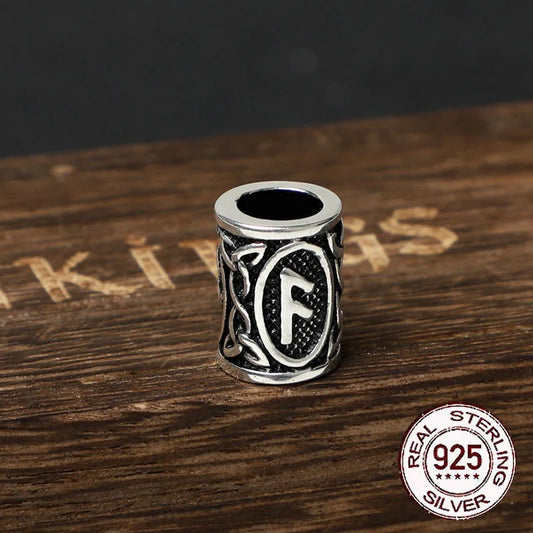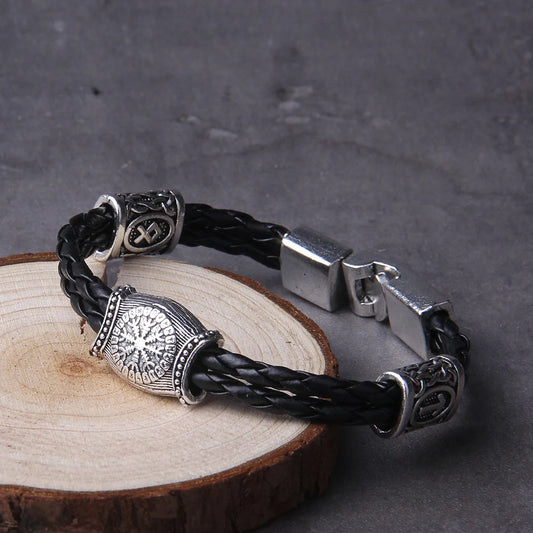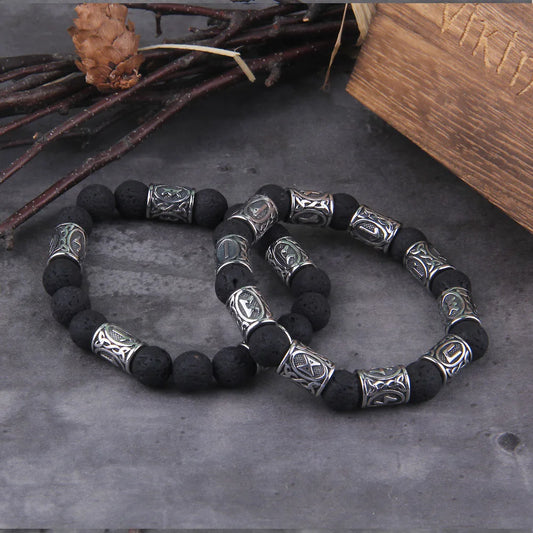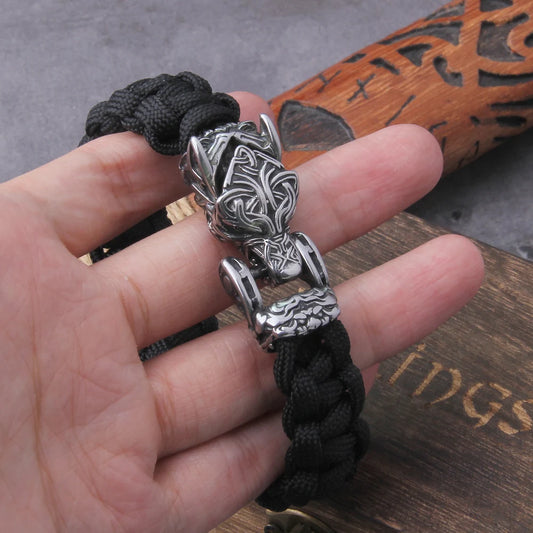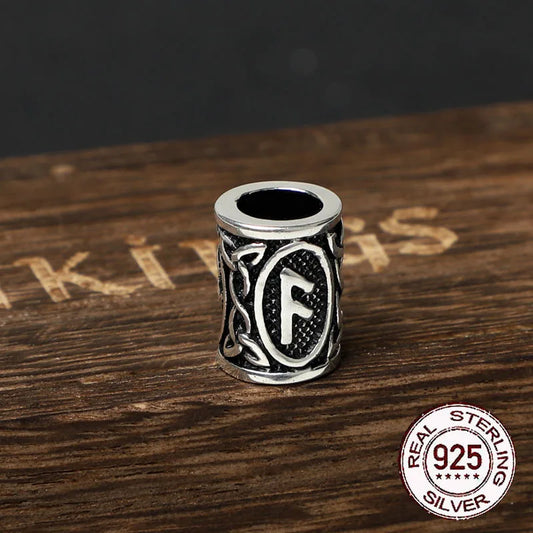The Aegishjalmur (Old Norse; Aegishiálmr) is an object from Norse mythology that is mentioned in the Edda. The name is composed of the Old Norse word Aegis (Old High German egis), meaning terrible, and hjalmr, the Old Norse word for helmet. Literally translated, Aegishjálmr means "helm of terror".
The helmet is a kind of analogy. This enables the wearer to disguise his true form and adopt a fearsome appearance. Hence the term helmet of terror.
It is disputed whether the word Aegis can be derived from the sea giant Äegir, who according to some sources originally possessed the helmet and gave it as a gift to Hreidmar.
The Aegishjalmur is also mentioned within the mythological writing in stanzas 16 and 17 as well as in the prose after stanza 44 of the Fáfnismál, in the prose after stanza 14 of the Reginsmál and in the section "Frá Fáfni, Regin ok Sigurði" of the Skáldskaparmál.
According to Snorri's Skáldskaparmál, the helmet was first owned by the giant Hreidmar. Hreidmar was slain by his son Fafnir in a dispute over the gold of Andwari, so the helmet also initially came into Fafnir's possession.
Fafnir makes use of the helmet's ability to appear as a dragon. After Sigurd had slain the Lindworm in the further course of the plot, the Aegishjalmur passed into his possession. He uses it, among other things, in Gunnar's courtship of Brynhild.
Meaning and Symbolism of the Aegishjalmur
Described in the Grimoire Galdrabók: "The Ægishelm. It shall be cast out of lead and pressed on the forehead when you expect an enemy to be hit by it. And you will overcome him (it is as follows here)."
From sources such as the Eyrbyggja saga and Icelandic customs, the Aegishjalmur is also known as a "runic" sign. Its effect and use is described differently.
One spellbook attributes to it the power to overcome the enemy, another to calm rising strife. The application is also described differently: Either, it should be cast from lead and placed on the forehead or it should be drawn on the forehead with the index finger of the left hand.
Comparable to the Aegishjalmur are the Huliðshjálmr (cloaking or camouflage helmet) and the Vegvísir (signpost).
With regard to the role of the Aegishjalmur in sorcery, it is also assumed, among other things, that Fafnir did not wear a real helmet on his head, but that the sign of the Aegishjalmur was on his forehead.


